Introduction for Educators
On this page you will find links to two lessons. The first is a lesson on map projections of the world: how they are created and how they distort. The second is a data mapping lesson related to children in Boston. Both lessons are designed to be used with students in grades 3 through 10. Please read a selection from the introduction to Bending Lines and our objectives below to see what we hope students will consider while completing the lessons. Connect to the individual lessons at the bottom of the page.
Maps, truth, and belief have a complicated relationship with one another. Every map is a representation of reality, and every representation, no matter how accurate and honest, involves simplification, symbolization, and selective attention. Even when a map isn’t actively trying to deceive its readers, it will still reduce the complexity of the real world, emphasizing some features and hiding others. Compressing the round globe onto a flat sheet of paper, and converting places, people, and statistics into symbols, lines, and colors is a process inherently fraught with distortion…
Just because every map is distorted in some way or another doesn’t mean that it’s no longer possible to speak about honesty and accuracy. Thinking carefully about motivations, meaning, persuasion, and presentation helps us to construct trust in an informed, critical manner. The visual language of cartography has its own grammar and vocabulary, and learning how to interpret this language is a crucial form of literacy in a world saturated with visual information.”
The objectives of our educational activities are to help young learners:
- recognize that maps and data visualizations are the products of many deliberate choices made by people for particular purposes.
- recognize that maps and other data visualizations are powerful in sending messages, in some ways more powerful than literature, news broadcasts, and other forms of communication.
- evaluate maps and visual representations for credibility and veracity by identifying 1) how the information is presented and for what purposes, 2) the position of the mapmaker, and 3) the emotional and/or intellectual responses their cartographic choices evoke.
- appreciate the craft, aesthetics and usefulness of informational visualization and mapmaking, current and historical.
Kids Count!: Mapping Children in Boston
To begin this lesson, students should follow our Education Tour to explore how mapmakers send messages and tell stories, using specific strategies for particular purposes. This tour of selected images from the exhibition highlights examples of concepts explored in more depth in the lesson to follow. The lesson itself is written directly to students, so they can move through the lesson independently for remote learning situations.
From Round to Flat: Map Projections
This lessons begins right at the link with an introduction for students.
